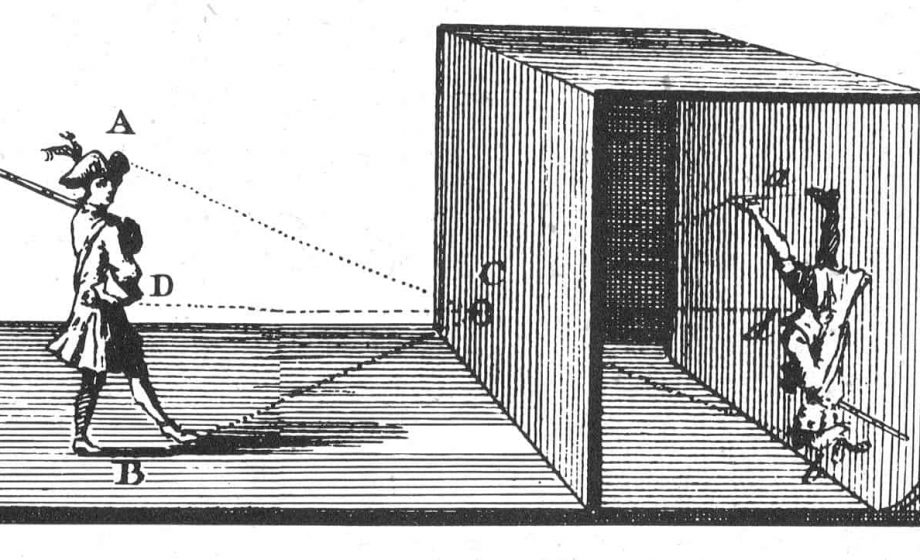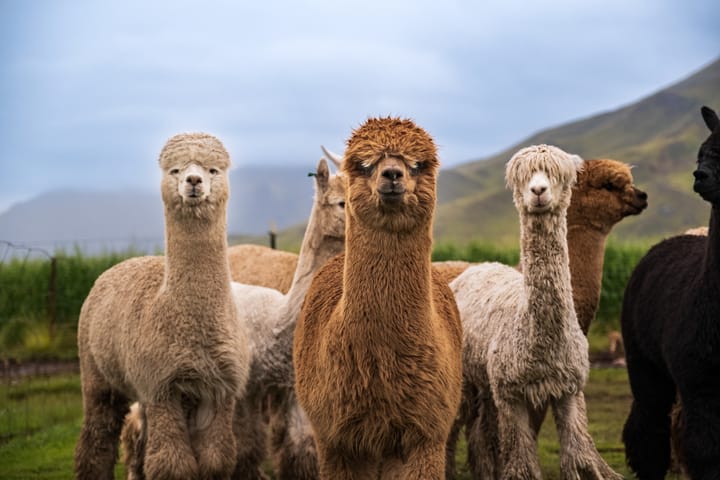Oh snap, World Photography Day is in focus again

A few minutes every morning is all you need.
Stay up to date on the world's Headlines and Human Stories. It's fun, it's factual, it's fluff-free.
Let’s be real – there are plenty of holidays that you haven’t heard of, from #NationalHatDay to #JustBecauseDay. You’re asking why that matters? It’s just because.
The reality is that even holidays you haven’t heard of may have significant relevance to other people. For example, August 19 was the 10th annual World Photography Day. People worldwide use this day to post on their socials their take on the world, expressed by a moment in time they’ve captured. Snap.
Also, there are World Photography Day photo contests with cash prizes for the winning artists. Ultimately, this holiday gives photography a moment in the foreground. This day calls upon people to engage in conversations about and remember past and present photographers to encourage the art form’s continuance both recreationally and professionally. World Photography Day seems to successfully attract interest, as evidenced by the more than 200,000 photographs on Instagram with the #worldphotoday hashtag attached.
“You don’t take a photograph, you make it," said famed photographer Ansel Adams.
Origins of World Photography Day
Australian photographer Korske Ara, made his mark by coming up with World Photography Day in 2009. He likely found good exposure for that.
August 19 made a fitting day to mark the holiday because on August 19, 1839, the French government made the daguerreotype process public information.
The daguerreotype process was the first procedure to record clear, detailed images that would last for years. The French government bought the patent from the inventor Louis-Jacques-Mandé Daguerre – what a name!
France then announced this invention as a “free gift to the world." Although, it wasn’t completely “free” as Great Britain was still obliged to pay license fees. Vive la France!
How the daguerreotype process came to be

To understand how the daguerreotype process came to be, let’s first walk through a prior timeline.
We can first look back at the camera obscura tool. The man generally credited as the inventor was an Arab physician named Ibn al-Haytham, born in 965 AD. The camera obscura is the concept that a box (or room) with a pinhole through it can project an inverted image of the outside to the inside. However, the inside must be kept completely dark.
Fast forward to roughly 1826. Frenchman Joseph Nicéphore Niepce combined knowledge of the camera obscura and light-sensitive substances to produce the crude, earliest known photograph entitled “View from the Window at Le Gras.”
Memorably, in 1829 Niepce and Daguerre joined forces to try to develop a reliable and sharp way that folks could create permanent photographs. However, Niepce died before Daguerre in 1833. Afterward, Daguerre kept experimenting and eventually discovered the efficient procedure later dubbed the daguerreotype process. That process allowed for the recording of detailed and otherwise fleeting images.
Why photography is still relevant today
Even today, where almost anyone can create a movie, photography still has its place. Photography allows folks to highlight a reality – by sharing a moment that often calls for a viewer’s reflection.
For example, the heartbreaking 2015 image of Alan Kurdi, a three-year-old who washed ashore during the Syrian refugee crisis. This image bolstered recognition of the plight of refugees. According to the BBC, the hashtag #RefugeesWelcome saw increased usage online after the photo’s circulation.
“In photography there is a reality so subtle that it becomes more real than reality," said the famous American photographer Alfred Stieglitz.
World Photography Day is thus a welcomed reminder that photography is a valid and influential art form.
Have a tip or story? Get in touch with our reporters at tips@themilsource.com




Comments ()